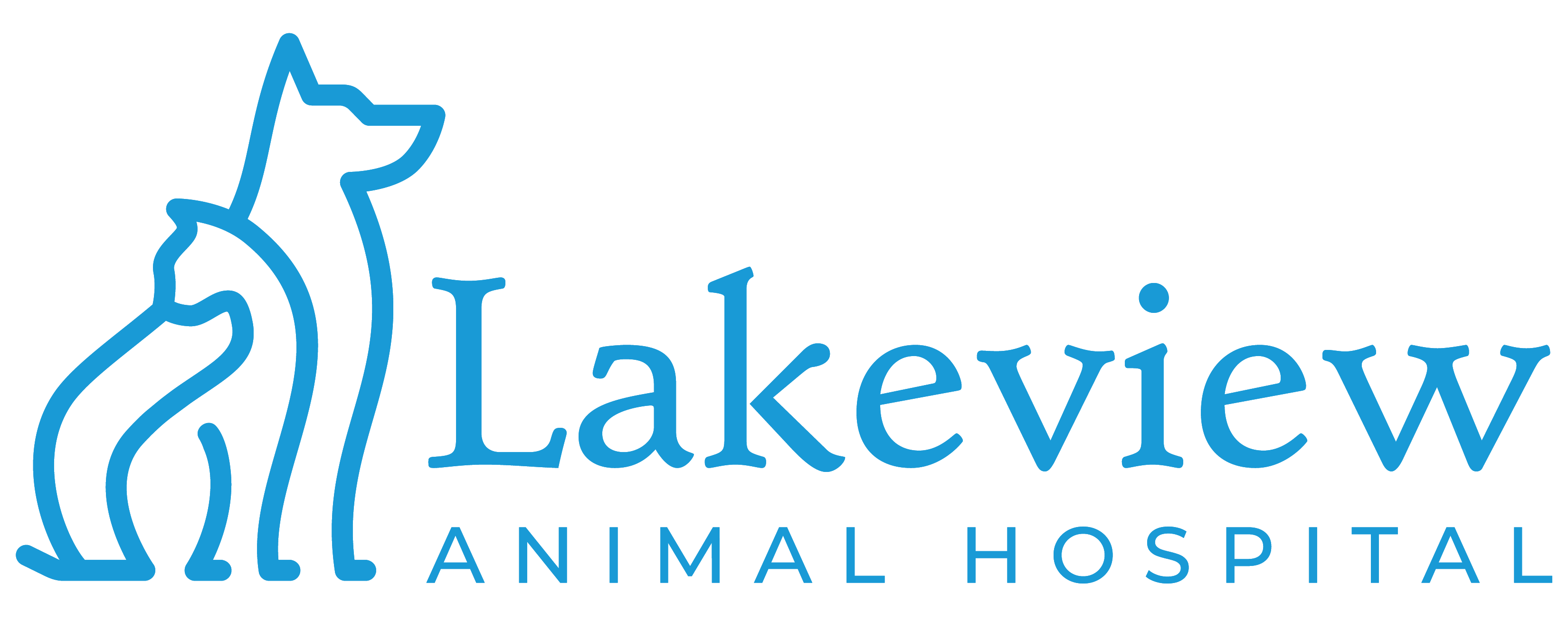Educational Articles
-
A cough is an expiratory effort producing a sudden, noisy expulsion of air from the lungs. In cats, coughing is most often a sign of an inflammatory problem, affecting the lower respiratory tract, especially some form of bronchitis, often due to an infection. Heartworm infection, allergies, presence of foreign material within the airway, or irritation from inhaled liquids or gases can all be responsible for coughing and respiratory problems in cats. In order to diagnosis the cause, blood tests, laboratory cultures, endoscopic examination, and radiography may be performed. Treatment depends on the diagnosis and your cat's medical condition.
-
This handout outlines cruciate ligament rupture, an orthopedic condition, in cats. The common causes, clinical signs, diagnosis, and treatments are described.
-
Skin cancers are common in cats, but cutaneous lymphoma is relatively uncommon. Less than 2% of lymphoma cases in cats occur in the skin. As the disease progresses, the skin becomes thickened, reddened, ulcerated, and may ooze fluid. The most common locations to find lesions include the junction between mucus membranes and the skin. Unfortunately, feline cutaneous lymphoma is considered incurable. Surgical removal can be attempted for solitary lesions, although the tumor often returns to the area or will have spread elsewhere in the body already
-
Cuterebra is the scientific name for the North American rabbit or rodent botfly. Cats are accidental hosts of Cuterebra larvae, and they are rarely evident from external skin inspection. A hole enlarges when the warble has matured, often leading to an infected empty cyst. Treatment depends on when the condition is discovered, and in many cases, antibiotics are used to treat secondary infections.
-
Cysts are hollow spaces within tissues that contain either a liquid or a solidified material. Some breeds have a tendency to develop certain types of cysts. Accurate diagnosis relies upon microscopic examination of a piece of tissue. The most common treatment for cysts is surgical removal. It is important to prevent your pet from rubbing, scratching, or otherwise bothering the cysts or the surgical site.
-
Cytauxzoonosis is an often-fatal disease caused by a tick-borne protozoan parasite, typically found in bobcats. It is more commonly seen in the southern United States but is spreading with tick migration. It can cause anorexia, lethargy, respiratory difficulty, anemia, and jaundice. Diagnostic testing, treatment options, and preventives are described in this handout. This disease is not transmissible to dogs or humans.
-
Cytology is a useful tool to often diagnose abnormal lumps on your pet's body as well as evaluation of fluid samples and tissue surfaces. It is relatively simple and inexpensive but can provide a lot of information. Depending on results, further tests may be indicated to best help your pet.
-
Cytology is the microscopic examination of cells that have been collected from the body. Lesions on the surface of the skin or from moist body cavities can be sampled very simply by scraping, swabbing, flushing, or making impressions of the tissue. The collected cells get looked at under a microscope and in many cases a diagnosis can be made to determine the best form of treatment.
-
Collecting tissue samples for cytology or histopathology allow a pathologist to often give a diagnosis of the type of mass or tumor your pet has. Samples can be obtained by fine needle aspirate or biopsy, where a piece of the mass is cut out. Based on what the mass appears like under the microscope, the pathologist can often give a prognosis of how the tumor will behave.
-
Cat food labels can certainly be confusing to interpret. In the United States, the Association of American Feed Control Officials (AAFCO) has developed model laws and regulations that states use for animal feeds. In Canada, pet food labeling guidelines are regulated by the Consumer Packaging and Labeling Act administered by Industry Canada. The Canadian government's Competition Bureau also has an extensive working group that upholds a voluntary code of conduct for the labeling and advertising of pet food. The most important information when comparing one dog food to another is the guaranteed analysis. Ingredient lists are somewhat useful when evaluating a particular cat food, but it is important to recognize the limitations. Talk to you veterinarian about the ingredient list and nutrient profile to help choose the diet that is right for your cat.

